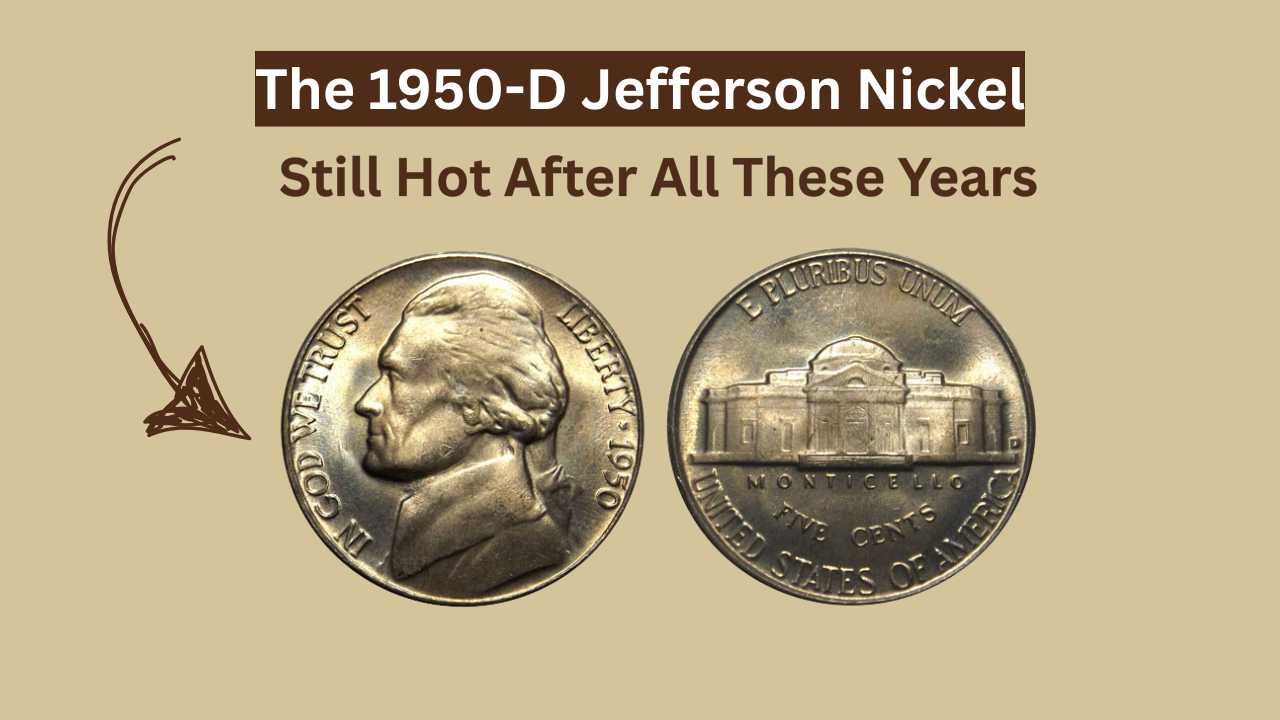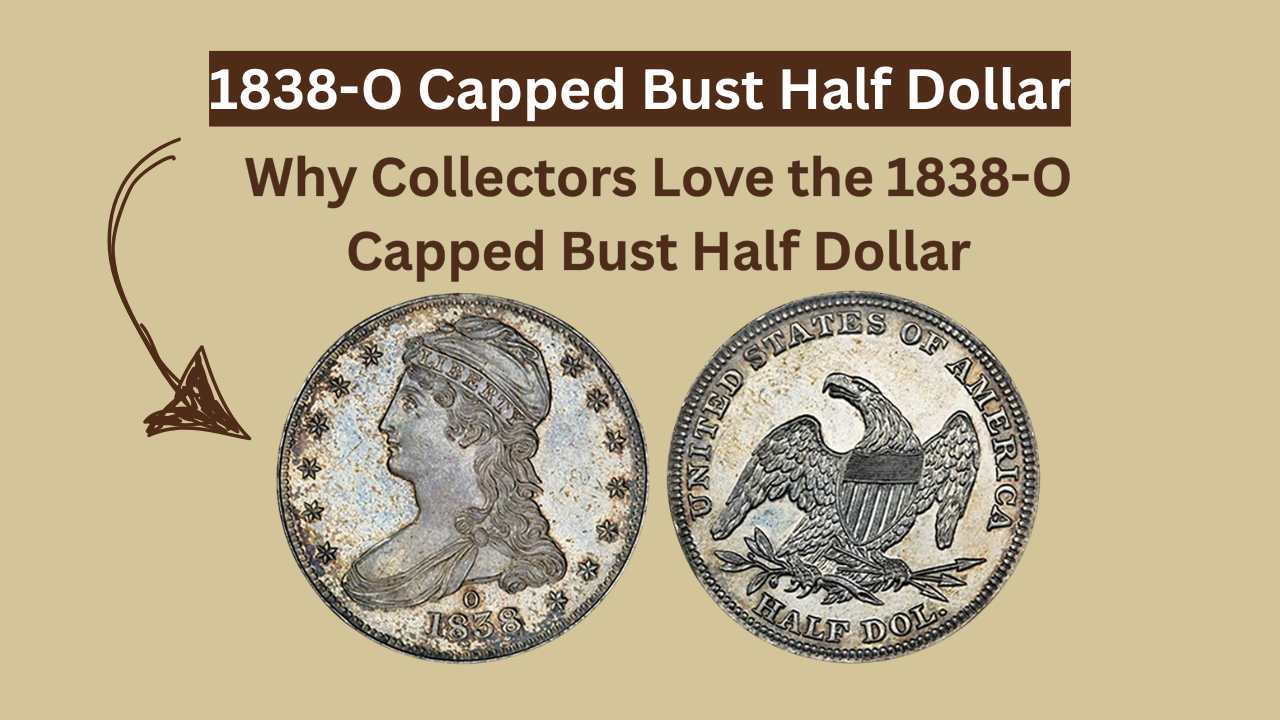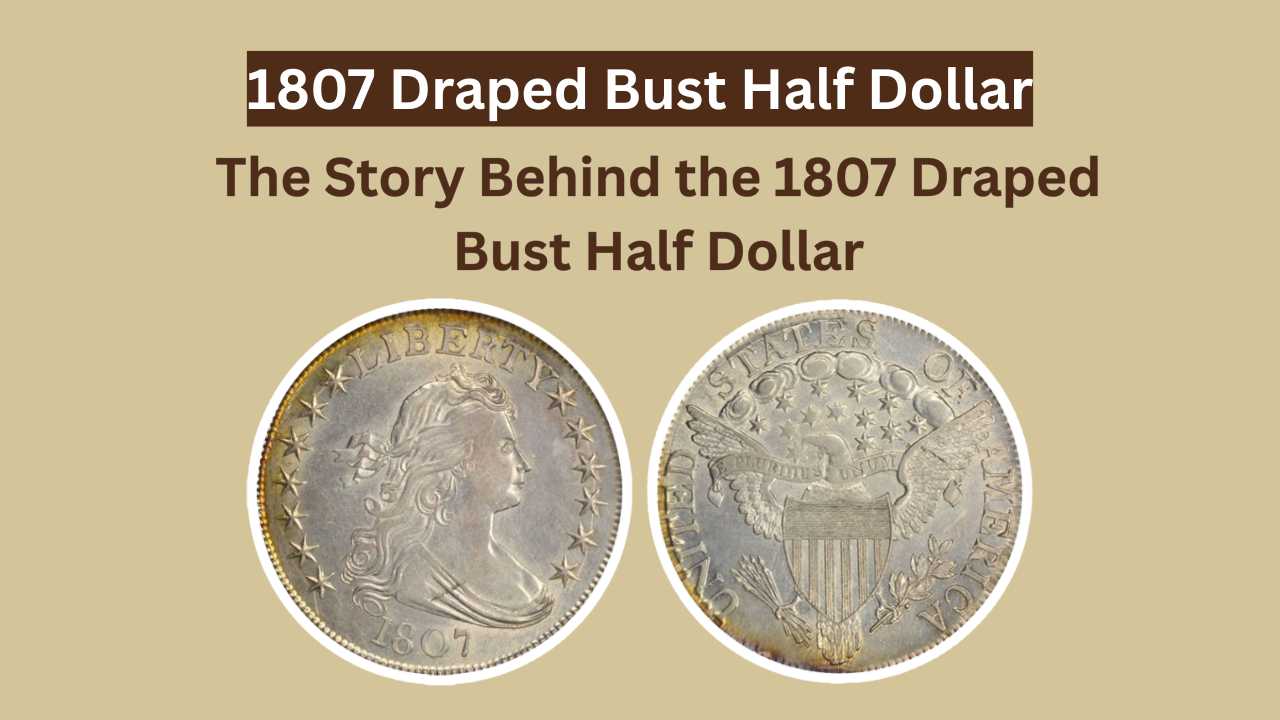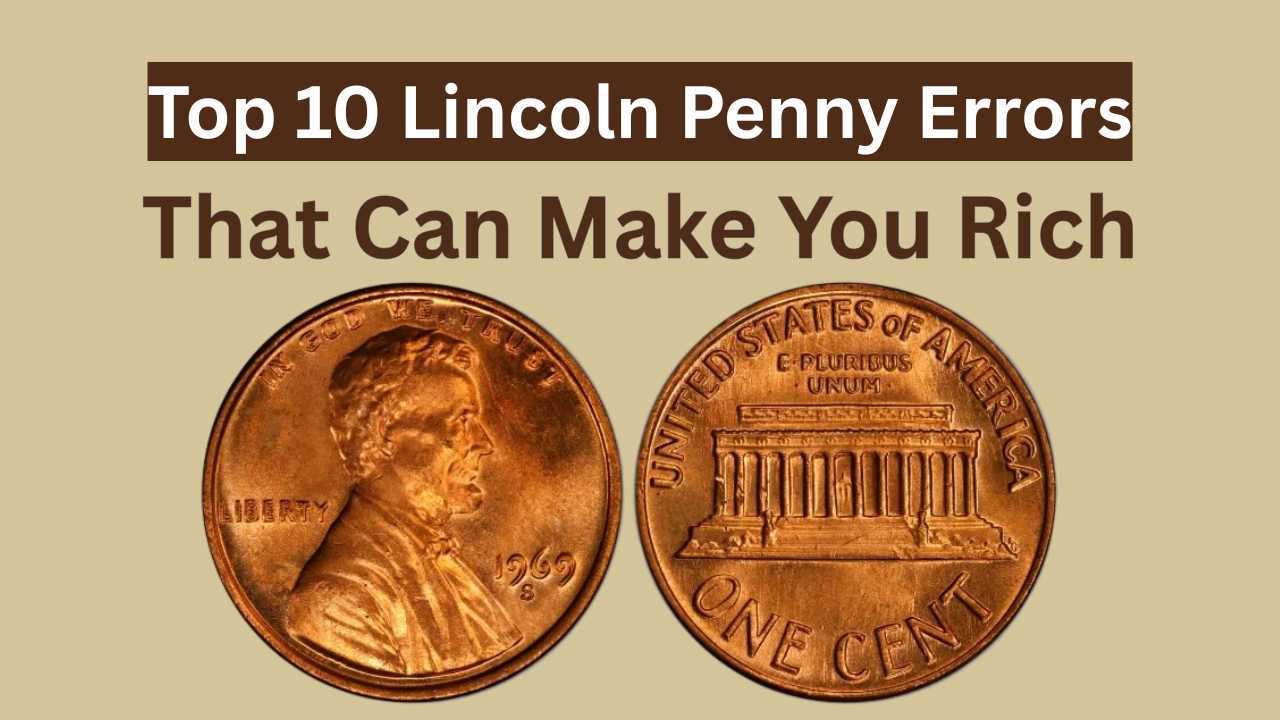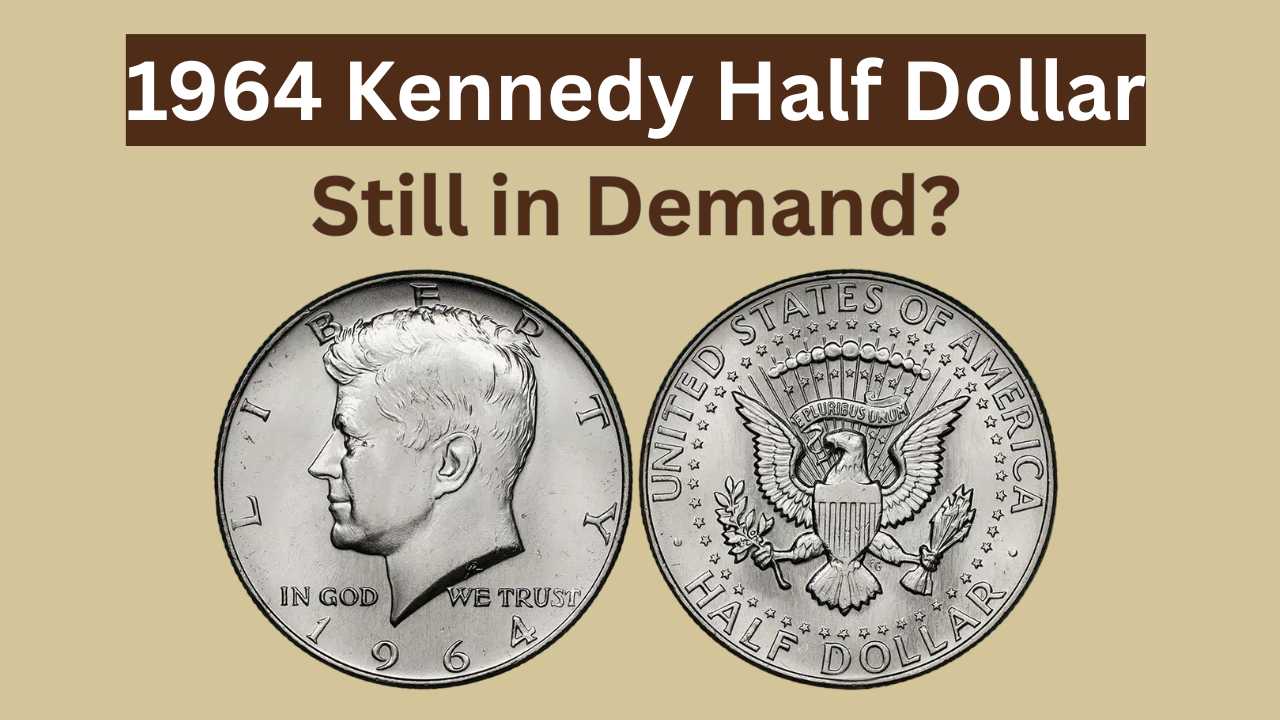In a dusty drawer, beneath faded photos and forgotten receipts, there might be a fortune hiding in plain sight—a rare coin. Not just a piece of metal, but a silent time traveler, a witness to decades, sometimes centuries, of untold stories. Most people walk past these coins without a second glance. But not you. You’re here because something sparked your curiosity. Maybe it was a penny with an odd date. Maybe it was a coin that felt different in your hand. Or maybe—just maybe—you believe in treasure hidden in the ordinary. This guide is your gateway into the thrilling world of coin discovery. And we’re not talking about needing fancy labs or expert tools. We’re talking about five simple tests you can do at home—yes, right now—to uncover whether that coin you’ve been ignoring is actually a rare, potentially valuable gem.
The Emotional Pulse of Coin Collecting: Why Rare Coins Matter
Before we jump into the tests, let’s pause and understand the emotional gravity of finding a rare coin. This isn’t just about money. It’s about connection. Every rare coin holds a piece of lost history. It’s a moment you can hold in your hand. A 1943 copper penny isn’t just worth $100,000+ because of a mint error—it’s valuable because it defies expectation. It tells the story of a world at war, of metal shortages, of a mistake that became a miracle. That’s why millions of people collect. Not for the profits—but for the pulse of time, the mystery, the story.
But now, let’s get practical. You want to know what makes a coin rare, and more importantly, how to tell if yours is—without needing an expert or spending a rupee.
Test #1: Date and Mint Mark – The First Layer of Rarity
The first thing to check is the coin’s date and mint mark. Look closely at the year stamped on the front—called the obverse—and then look for a small letter near it or on the back. That letter is the mint mark, telling you where the coin was made.
Some dates combined with certain mint marks are incredibly rare. For example, in U.S. coins, a 1909-S VDB Lincoln cent or a 1916-D Mercury dime can be worth thousands. Why? Because only a few were made—or survived. Here’s the truth: low mintage numbers equal high potential value. It’s simple economics—scarcity creates demand.
You can use online databases like the PCGS Price Guide or NGC Coin Explorer to cross-reference the date and mint mark. But even without them, if the date looks odd—maybe unusually old or from a key historical year—that’s a major clue. Circle it.
Test #2: The Magnet Test – Catching Fakes and Unusual Metal
One of the simplest yet most revealing tests is the magnet test. Real coins made of silver, gold, copper, or nickel are not magnetic. If your coin sticks to a magnet, there’s a high chance it’s a fake, a modern copy, or made from cheaper, ferrous metals.
But here’s where it gets fascinating—if a coin that should be magnetic isn’t, or vice versa, you might have stumbled upon a minting anomaly. For example, U.S. 1943 steel pennies were supposed to be magnetic due to wartime steel use. If you find one that’s not magnetic, it could be a 1943 copper penny, one of the rarest coins in U.S. history.
Keep a strong neodymium magnet in your coin check kit. It’s cheap, and it can instantly separate the ordinary from the extraordinary.
Test #3: Weight and Dimensions – The Science of Subtle Differences
Rare coins often stand out not just by appearance, but by physics. Every coin is supposed to have a standard weight and diameter. If yours doesn’t match the standard specs, that could mean:
It’s a mint error (which can skyrocket value)
It’s an uncirculated or proof version
It’s a fake—or a trial strike (extremely rare)
You’ll need a digital scale and a digital caliper. Check the specifications online (use a reliable site like the U.S. Mint or Royal Mint databases) and compare.
Here’s a quick comparison table for illustration (U.S. coins):
| Coin Type | Standard Weight | Diameter |
|---|---|---|
| Lincoln Penny (copper pre-1982) | 3.11 g | 19.05 mm |
| 1943 Steel Penny | 2.7 g | 19.05 mm |
| Roosevelt Dime (silver 1946–64) | 2.50 g | 17.91 mm |
Even a 0.1 gram difference can be the whisper of rarity. Weigh it. Measure it. Don’t just look—observe.
Test #4: Die Errors and Visual Anomalies – The Beautiful Mistakes
This is where coin hunting becomes art. Hold the coin to light. Rotate it slowly. Look for die cracks, doubled images, off-center strikes, or clipped edges. These are called minting errors, and collectors absolutely love them. Why? Because they’re mistakes that slipped through the cracks of perfection—making them accidentally unique.
A 1955 Double Die Lincoln cent, where the lettering appears ghosted and doubled, can be worth up to $10,000. A quarter with an off-center strike, where the image is shifted noticeably, might bring in hundreds. These aren’t flukes—they’re collectible gold.
So, study your coin. Take your time. Use a magnifying glass or a phone camera zoom. If it looks wrong, it might be rare.
Test #5: Sound Test – The Ring of Real Silver
This test isn’t just functional—it’s strangely poetic. Tap your coin lightly on a hard surface (preferably another coin or a wooden block) and listen. Real silver coins emit a high-pitched, clear ringing sound, almost like a bell. Fake or clad coins produce a dull thud.
This “ping test” has been used by collectors for centuries. It’s not 100% scientific—but it can raise eyebrows and open doors to deeper investigation. If your coin sings, don’t ignore the song.
The Hidden Power of Your Curiosity
Let’s not forget the real treasure here: your curiosity. That moment when you looked at a coin and felt a spark. That’s where discovery begins. These five tests are more than just tools—they’re questions you ask the universe. Is this coin rare? Is there a story here? Could this be the start of something bigger?
And here’s the beautiful part—you don’t need permission. You don’t need a certificate to start collecting, investigating, exploring. You just need a coin… and a little wonder.
Final Thoughts: You’re Not Just Checking Coins—You’re Unearthing History
Every great coin story begins with someone who looked twice. Who didn’t toss the coin in a jar or give it as change but asked, “What if?” What if this is rare? What if this is one of those coins that change lives?
You have five tests now. You have the tools. But more importantly, you have the curiosity of a discoverer. That’s what turns a dusty penny into a $10,000 find. That’s what makes a chipped silver dime a conversation piece. You’re not just checking metal. You’re unearthing history—one coin at a time.
So tonight, when everything is quiet and the world sleeps, open that old drawer. Find that forgotten coin. And test it. Because sometimes, the rarest things aren’t hidden—they’re just waiting to be seen.



